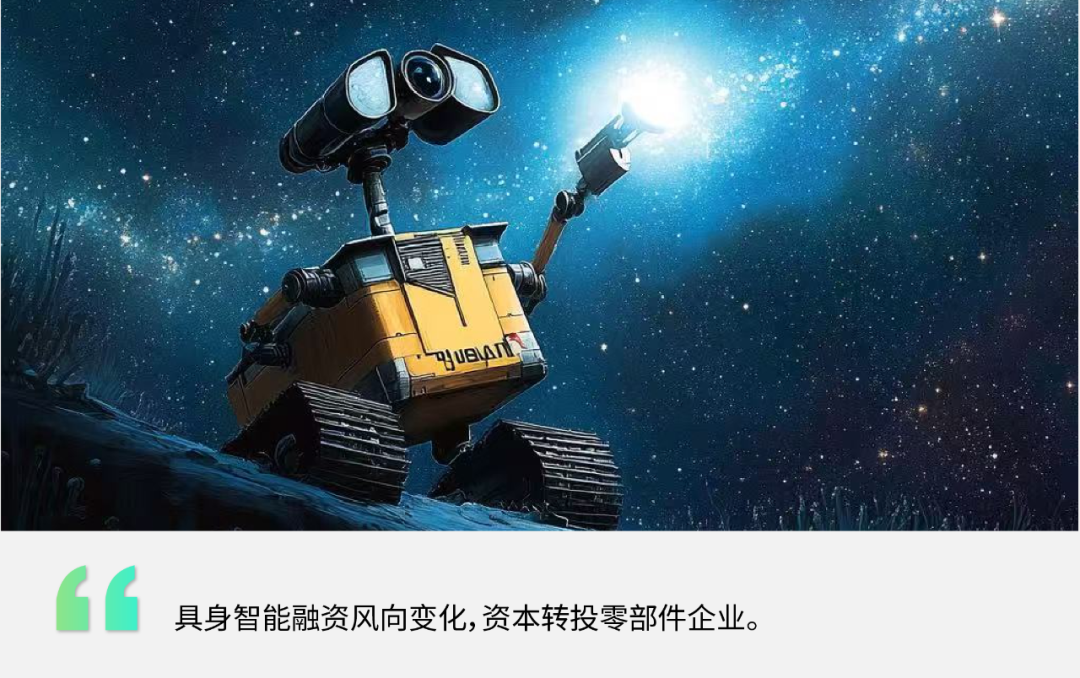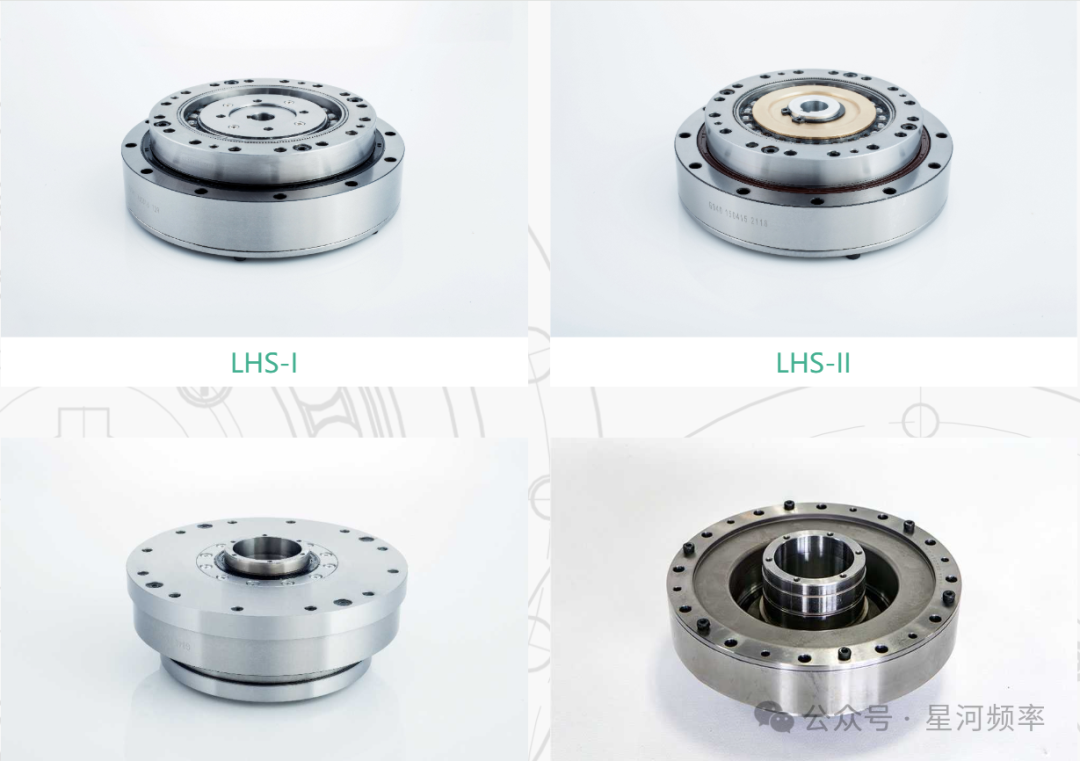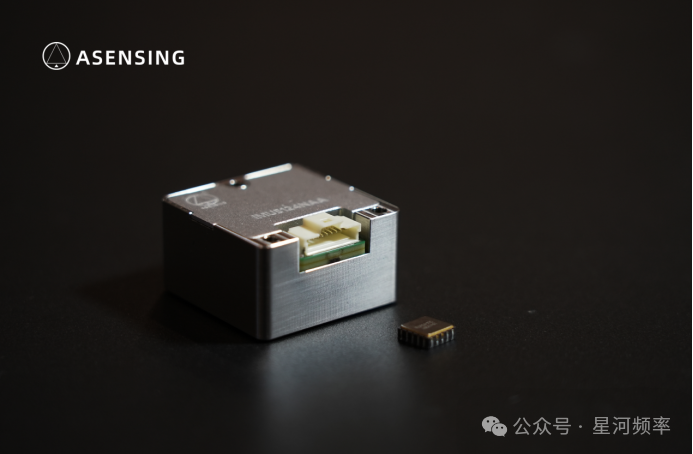Humanoid Robots Struggle to Take Off, as Capital Finds Sexier Targets in Core Components
![]() 04/07 2025
04/07 2025
![]() 568
568

Author|Lingxiao
Since the start of this year, the burgeoning humanoid robot industry has witnessed a notable shift in capital flows, with core component manufacturers increasingly favored over robot body manufacturers. Their financing capabilities now rival those of their body-focused counterparts.
Public data reveals that from January to February, there were 30 financing events in the domestic humanoid robot sector. Among these, 14 involved core component manufacturers within the robot industrial chain, accounting for nearly 50%. These included lidar manufacturer RoboSense, robot joint component developer Zhide Intelligent Control, and sensor company Xinjincheng.
Xinjincheng, a prominent player in the six-axis force sensor sector, completed its first round of financing this January, securing nearly 100 million yuan. This financing strength is on par with some leading humanoid robot body enterprises.
Compared to last year, when capital preferred embodied intelligence enterprises focusing on body integration and brains, this year's trend indicates a shift towards betting on robot core component enterprises.
This preference stems from the fact that core components, as upstream technology, form the lifeblood of the industry and have always been the underlying support for the robot industry.
From a market perspective, there are two primary reasons why capital chooses to invest in robot core component manufacturers:
Firstly, the market for robot body enterprises has yet to explode, resulting in lower short-term returns. In contrast, robot component manufacturers' products can adapt to multiple robot configurations and target mature markets such as industrial robots, service robots, and smart cars, offering shorter investment return cycles.
Secondly, technological breakthroughs in robot components offer significant potential for domestic substitution. In recent years, some domestic component manufacturers' products have performance close to international levels, coupled with cost advantages. This is expected to break the monopoly of foreign enterprises and seize opportunities presented by the emergence of domestic humanoid robot manufacturers.
Investing in robot core component manufacturers is becoming a more stable and winning choice.
Currently, there are two main types of manufacturers involved in robot component manufacturing:
1. Traditional robot (industrial robots, service robots) component manufacturers: Leadshine, Keli Sensors, etc.
2. Automotive component manufacturers: NavInfo, RoboSense, Hesai Technology, Black Sesame Technology, etc.
These component enterprises are seizing the opportunity presented by the rising robot industry to accelerate product iteration and market penetration, potentially reshaping the global competition landscape for robot core components.

Investing in robot components is a proactive measure.
The shift in investment preferences between body enterprises and component enterprises lies at the core of the differing maturity levels of the markets they currently target, leading to varying capital profit cycles.
The humanoid robot market has not yet witnessed a true explosion in demand, resulting in a longer return on investment cycle. However, component enterprises in the robot industrial chain also target mature markets such as automobiles, industrial robots, and service robots, where they can already achieve a commercial closed loop. In the short term, the return on investment is higher.
In the long run, these component enterprises are also laying the groundwork for humanoid robots, possessing strong development potential similar to that of body enterprises.
Choosing to invest in robot components is akin to betting on multiple tracks simultaneously, essentially a sure-win deal.
A significant feature of robot core components is their broad applicability.
Robot core components include motors, reducers, controllers, sensors, lead screws, etc. These components are not only widely used in various types of robots such as industrial robots, service robots, medical robots, and quadruped robots, but they can also provide crucial support for humanoid robots and be applied to smart cars.
Traditional robots such as industrial robots and service robots, as well as the smart car industry, have formed relatively mature markets with products achieving large-scale deployment, verified business models, and gradually expanding market sizes.
Since 2013, China has been the world's largest industrial robot market for 11 consecutive years, with an average annual compound growth rate of 20.7%.
According to LiveReport's "2024 White Paper on the Development of the AI Industry in Hong Kong Stocks," the market size of China's service robots reached RMB 66 billion in 2023, with a year-on-year growth of 27.9%.
Relying on these mature markets, component manufacturers can directly commercialize their products, allowing capital to obtain returns within a shorter cycle.
Beyond their established business lines, component manufacturers in the robot industrial chain are also laying the groundwork for emerging humanoid robots, seeking a second growth curve based on existing technologies.
Companies such as Orbbec, NavInfo, and RoboSense have launched robot core components that can be adapted to multiple robot configurations (including humanoid robots) and applied in various fields.
Orbbec specializes in 3D vision solutions. Its Gemini 330 series of binocular 3D cameras, launched in 2024, are widely applicable to AMR, inspection robots, delivery robots, humanoid robots, robotic arms, etc.
NavInfo, dedicated to developing high-precision positioning sensor products, has also launched products that can be adapted to multiple robots.
IMU is an inertial sensor that can measure three-dimensional attitude angles and accelerations, playing a crucial role in vehicles' judgment of driving status and robots' maintenance of balance and precise motion control.
Based on vertical integration of the industrial chain of "self-developed chips - multi-modules - assemblies," NavInfo has launched a rich product matrix of IMU modules covering different performance levels and price points, meeting the requirements of various types of robots such as quadruped robots, biped robots (humanoid robots), and industrial robots.
NavInfo's IMU modules are equipped with Kalman filter-based attitude and angle algorithms, supporting data fusion with other sensors to assist robots in completing high-precision closed-loop motion control. Currently, NavInfo's IMU modules have been successfully delivered to quadruped and humanoid robot projects of multiple domestic enterprises and have achieved millions of deliveries in the field of passenger vehicle intelligent driving.
RoboSense released the AC1, the first product in its new category of Active Camera for robot vision, in March this year. AC1 can meet the sensing needs of robots such as humanoid robots and drones, and also has application potential in products such as autonomous driving, industrial robots, and household robots.
Currently, humanoid robots on the market are either undergoing specialized task training in factories, with functionality and stability insufficient to replace human labor in systematic work, or are primarily targeted at smaller markets such as scientific research, exhibitions, and performances.

A humanoid robot from Figure AI working in a BMW workshop.
Even though the future market size of humanoid robots is expected to climb to $60 trillion, with enormous development potential, the current stage of research and application is still in its infancy, facing at least three major challenges to practical application:
1. High complexity of software and hardware technology;
2. Application scenarios require in-depth exploration and cultivation to adapt to technology;
3. Safety issues restrict the process of deployment.
Multiple humanoid robot manufacturers plan to achieve mass production this year, but besides Tesla, which has announced a mass production target of 5,000 humanoid robots this year due to its strong financial backing, the mass production targets of other manufacturers are mostly measured in hundreds. The large-scale deployment of humanoid robots has a long way to go.
This means that humanoid robot body enterprises require investors with a long-term strategic vision and patience.
Capital's shift to investing in robot component manufacturers is essentially a strategic move for the future: they hope to reap benefits from existing mature markets while also preparing for the future mass production of humanoid robots, gaining a first-mover advantage.

Ending the monopoly: Chinese manufacturers are reclaiming the market.
Another reason for the financing boom in robot components is that Chinese robot component manufacturers are reclaiming their market share while also taking advantage of the emerging domestic humanoid robot enterprises to further expand their market size.
In the past, the core components of robots were usually dominated by European and American enterprises, but now domestic manufacturers are accelerating domestic substitution, making a splash in domestic and international markets, and continuously expanding their revenue growth space, naturally attracting capital involvement.
As AI becomes increasingly sophisticated in recent years, the public has begun to expect robots to truly "come to life": not only to understand unfamiliar environments but also to perform delicate actions and execute tasks in complex and changing environments.
New demands bring new opportunities. Amid this wave of intelligence, domestic robot component manufacturers are gearing up, continuously optimizing their products to adapt to new demands.
Taking harmonic reducers as an example, harmonic reducers are one of the mechanical transmission devices for robots, capable of converting the high-speed rotation of motors into low-speed and precise movements of robot joints. At the same time, they can also increase the torque of motors, giving robots enough strength to handle objects.
In 2020, domestic harmonic reducers were dominated by Japanese enterprise Harmonic Drive, with a market share of 51%.
Two years later, in 2022, Harmonic Drive's market share had dropped to 38%, while the market share of domestic harmonic reducer brand Leadshine had risen to 26%, ranking second.
Leadshine not only took the lead in realizing large-scale production of harmonic reducers in China, breaking the monopoly of international brands, but according to Goldman Sachs reports, its product performance is also comparable to that of global harmonic reducer leader Harmonic Drive, possessing competitive strength.

Leadshine harmonic reducer products.
In the sensor field with high technical barriers, NavInfo is also moving towards the international market and has established cooperation with brands such as Volkswagen, BBA, Toyota, Volvo, and Smart.
IMU is equivalent to the vestibular system of robots. MEMS inertial navigation chips are the core components that constitute IMU.
NavInfo possesses the capabilities of designing, packaging, and testing MEMS inertial navigation chips. Its self-developed motion measurement chips demonstrate industry-leading advantages in terms of performance, integration, and cost-effectiveness, earning high recognition from domestic and foreign OEM customers.
In terms of product performance, NavInfo's IMU modules with built-in self-developed chips adopt a compact design, integrating 3-axis gyroscopes and 3-axis accelerometers, with a data update frequency of 1000Hz, providing millisecond-level data refresh capabilities for robot motion control.

NavInfo IMU modules and MEMS chips.
In addition, domestic manufacturers such as Xinjincheng, Mingzhi Electric, and Wuzhou Xinchun are actively engaged in the independent research and development of robot core components such as sensors, motors, and lead screws. Some enterprises' products have successfully entered the foreign robot production supply chain system due to their cost-effectiveness advantages.
The investment boom in robot component manufacturers is also a result of the surge in the number of domestic humanoid robot manufacturers, driving the release of value in the local supply chain.
On the demand side, the current domestic humanoid robot manufacturers are experiencing explosive growth, with new machines emerging endlessly, and the demand for robot components is increasing.
On the supply side, compared to other regions in the world, China's robot supply chain is characterized by completeness, diversity, and efficiency, offering agile responses and more competitive product prices.
Considering both the demand and supply sides, the high degree of localization of robot components is bound to become a major trend in the development of the robot industry.
The development history of the automotive supply chain has already provided a model for the robot industrial chain.
In the early days, China's automotive industry heavily relied on foreign components, but as the number of domestic automakers grew and market demand surged, the local supply chain began to gain momentum.
Today, domestic automotive components dominate the domestic market and are exported in large quantities overseas due to their cost-effectiveness and rapid response advantages.
It is not difficult to foresee that the robot industrial chain will also follow a similar path.
Therefore, capital is shifting away from the grand narratives of humanoid robot body enterprises and towards the less noticed but equally crucial battlefield of core components, opening a new round of gambling in the trillion-dollar sector.
Amidst the influx of capital and the relentless evolution of industry technologies, enterprises that provide foundational support for the robotics industry, often likened to "water sellers," are experiencing a quiet surge in prominence.







